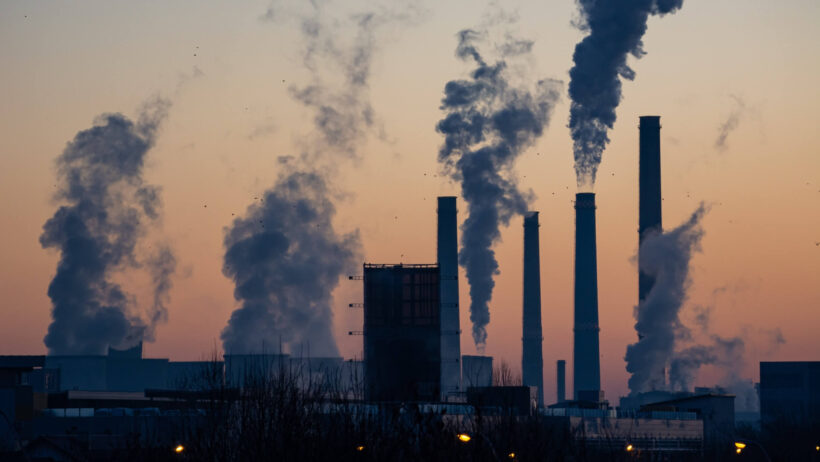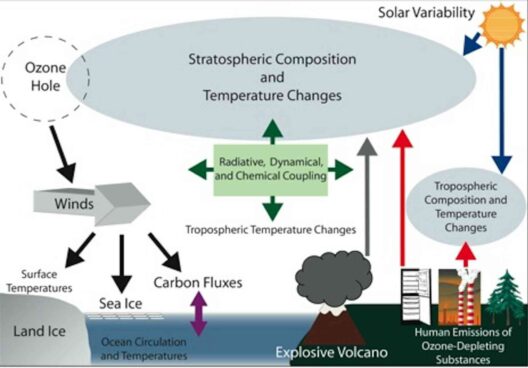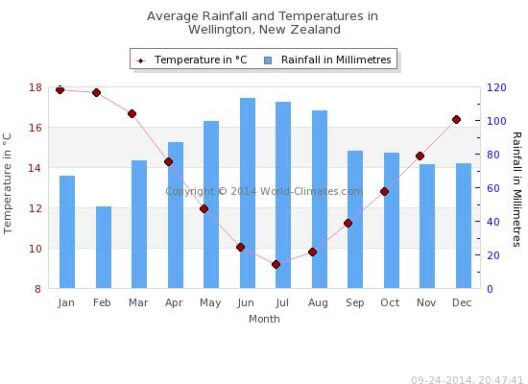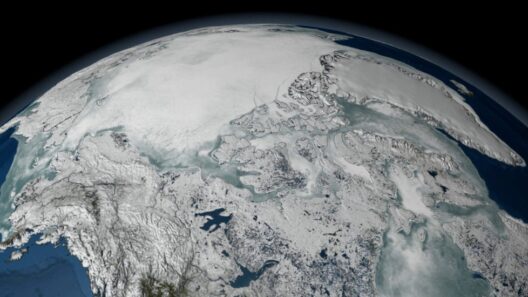Have you ever paused to ponder how the very act of combustion, a process integral to our modern lifestyle, might be exacerbating global warming? It’s an inquiry that deserves meticulous consideration, as the interplay between burnt gases and air pollution could expose critical facets of climate change. In this exploration, we will delve into the intricate mechanisms by which burnt gases influence global warming and the overarching role that air pollution plays within this context.
To commence our discussion, it is paramount to understand what we mean by burnt gases. When organic materials, including fossil fuels like coal, oil, and natural gas, combust, they release a myriad of pollutants and greenhouse gases (GHGs) into the atmosphere. The primary culprits here are carbon dioxide (CO2), methane (CH4), and nitrous oxide (N2O). Each of these gases contributes to the greenhouse effect—a natural process that becomes a climate crisis when exacerbated by anthropogenic emissions.
The greenhouse effect: it sounds somewhat innocuous, doesn’t it? Yet, it functions like a blanket encasing the Earth, trapping heat that would otherwise escape into space. While this effect is essential for maintaining a habitable climate, excessive concentrations of GHGs—primarily from the burning of fossil fuels—thicken the blanket, prompting a rise in global temperatures. This is where the connection between burnt gases and climate change becomes palpably evident.
Let’s consider carbon dioxide, the most prevalent GHG attributed to human activities. The burning of fossil fuels for electricity, heat, or transportation is responsible for approximately 76% of total CO2 emissions. With every car driven, every factory operational, and every power plant generating electricity, we pump substantial volumes of CO2 into the atmosphere. The result? A detrimental cascade effect on our climate systems, which leads to catastrophic events such as droughts, floods, and rising sea levels.
But the intrigue doesn’t stop there. Enter methane—another villain in the climatic narrative. Methane is markedly more proficient than CO2 at trapping heat, with a global warming potential that is approximately 28 times greater over a 100-year period. Though methane is emitted in lower quantities, its effects are disproportionately severe. Sources of atmospheric methane include natural gas production and distribution, livestock digestion, and even decomposing organic matter in landfills. As methane concentrations rise, the urgency to address these emissions becomes increasingly pressing.
Nitrous oxide, although present in smaller quantities, is another player worth discussing. Primarily released from agricultural activities, especially through the use of synthetic fertilizers, nitrous oxide contributes to both climate change and ozone depletion. The residential and industrial sectors, when combined with agricultural emissions, reveal the multifactorial nature of pollution-related climate challenges.
So, do burnt gases speed up global warming? The unequivocal answer is yes. They catalyze a multifaceted crisis, wherein each type of emission interacts with climatic systems in complex and sometimes unpredictable ways. Nevertheless, this realization begs an intriguing question: how can we mitigate the impact of these pollutants? Is it merely a question of reducing emissions, or are there other strategies we might explore?
Mitigation begins with understanding and employing cleaner alternatives to combustion. Transitioning to renewable energy sources such as solar, wind, and hydroelectric power can substantially diminish our reliance on fossil fuels. Additionally, enhancing energy efficiency in industries and residential spaces can reduce the overall energy demand, thereby limiting the need for combustion-derived power. Furthermore, adopting electric vehicles and supporting public transportation can drastically lower our carbon footprint.
Another dimension of mitigation is the role of reforestation and afforestation. Trees act as natural carbon sinks, absorbing CO2 during photosynthesis. By enhancing our forested areas, we can counterbalance some of the carbon emitted through human activities. Furthermore, innovative agricultural practices that minimize the release of methane and nitrous oxide can also play a vital role in reducing overall emissions.
Public policy further shapes our response to burnt gases and climate change. Enforcing strict regulatory frameworks that limit emissions from industrial sources, while promoting green technologies, can lead to substantial reductions in air pollution. Additionally, incentivizing industries to adopt cleaner processes and rewarding individuals for energy-efficient practices can stimulate positive behavioral changes.
Addressing air pollution comprehensively not only aids in combating global warming but also contributes to public health benefits. Poor air quality is linked to respiratory diseases, cardiovascular issues, and other health concerns. Therefore, combating air pollution offers a dual benefit: it serves as a commitment against climate change while safeguarding human health.
The challenge posed by burnt gases and air pollution in accelerating global warming necessitates a collective response. By acknowledging the intricate web connecting these elements, individuals, communities, governments, and organizations can collaboratively forge pathways toward a more sustainable future. Every step taken to reduce our reliance on combustion, enhance air quality, and implement innovative solutions is a step toward mitigating the alarming trajectory of climate change.
In conclusion, the dialogue surrounding burnt gases and their role in global warming is both critical and complex. By understanding these interactions, we can innovate and act decisively. The quest for a sustainable and healthier planet hinges on our ability to question norms, adopt cleaner practices, and foster a deeper awareness of our environmental impact. Are we ready to step forward and tackle the challenge together?







